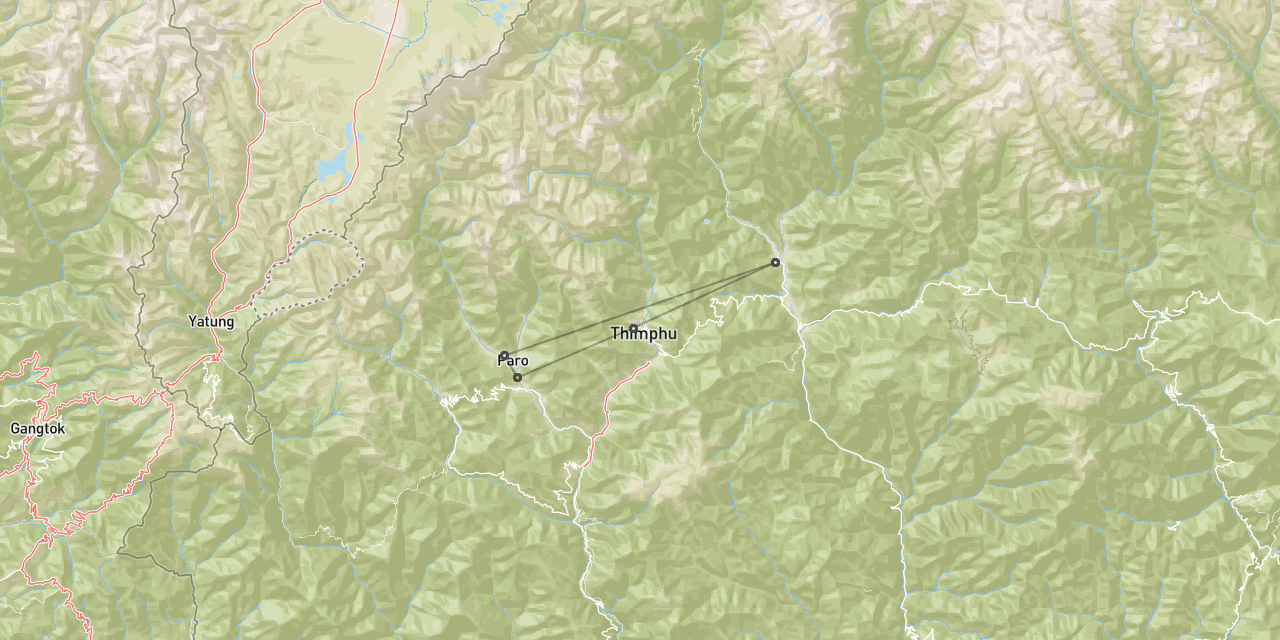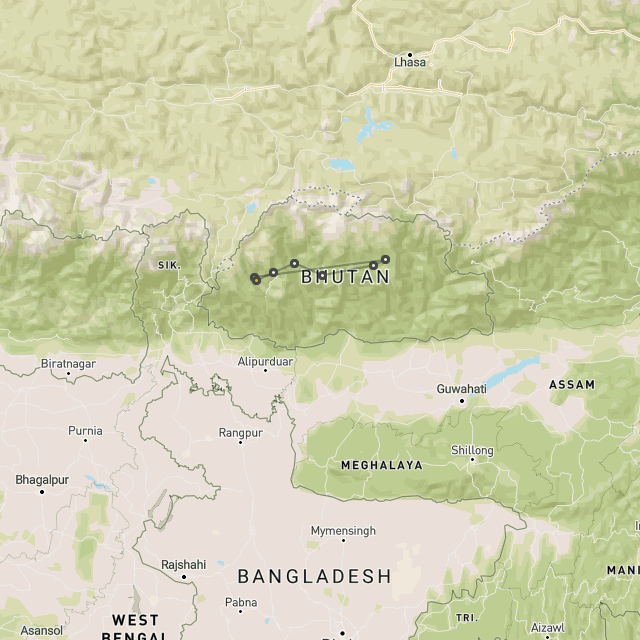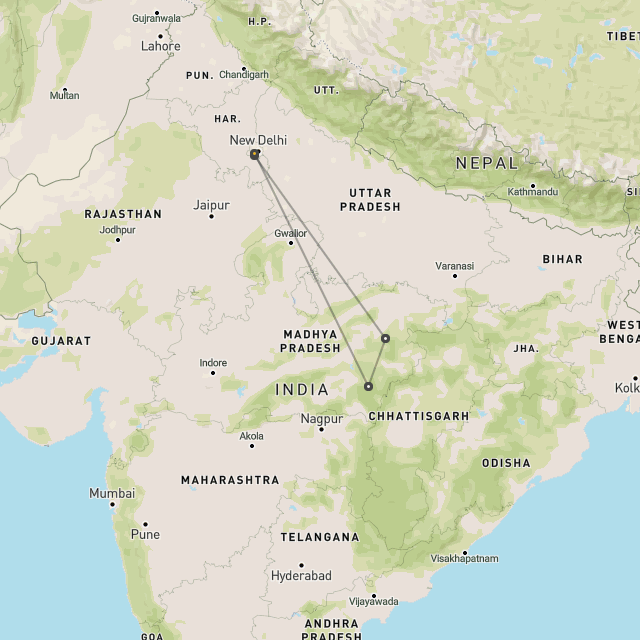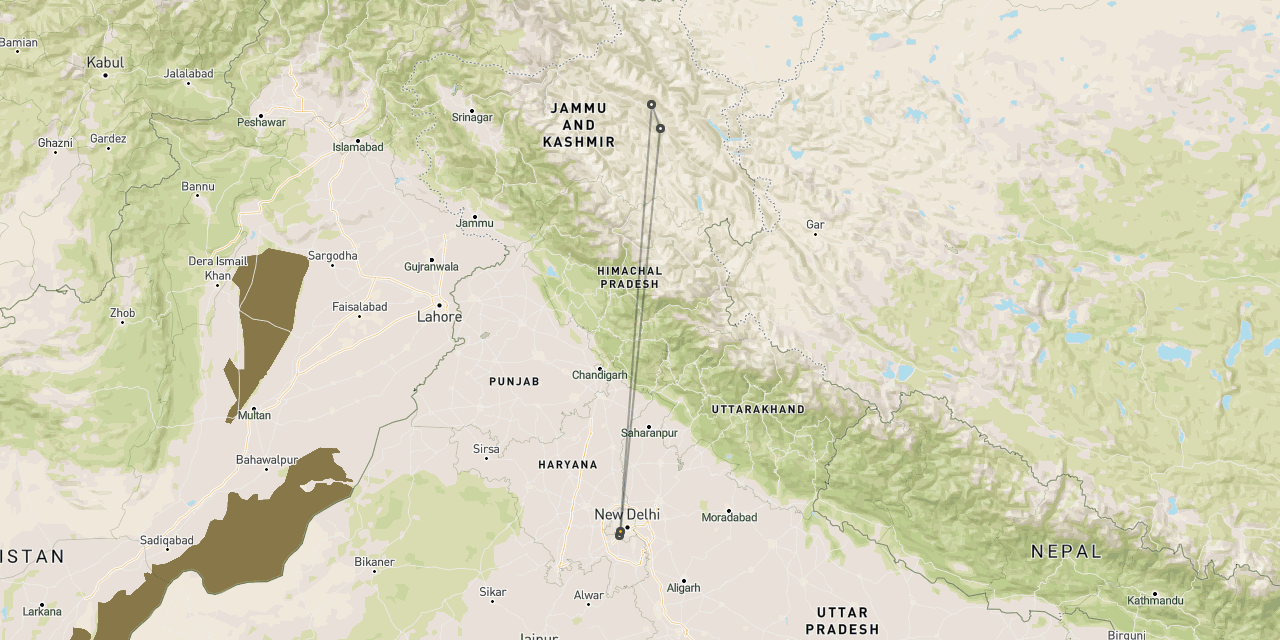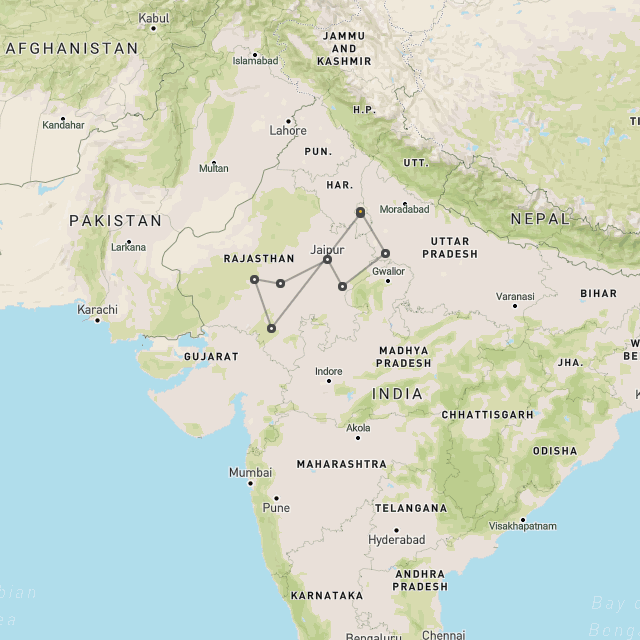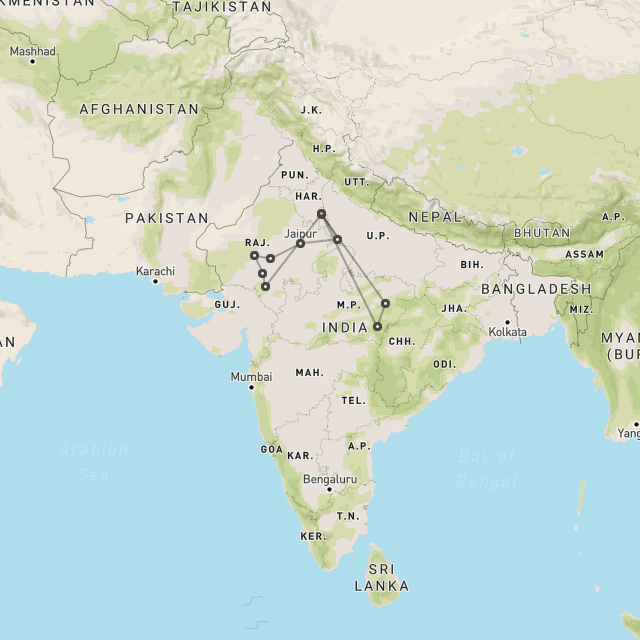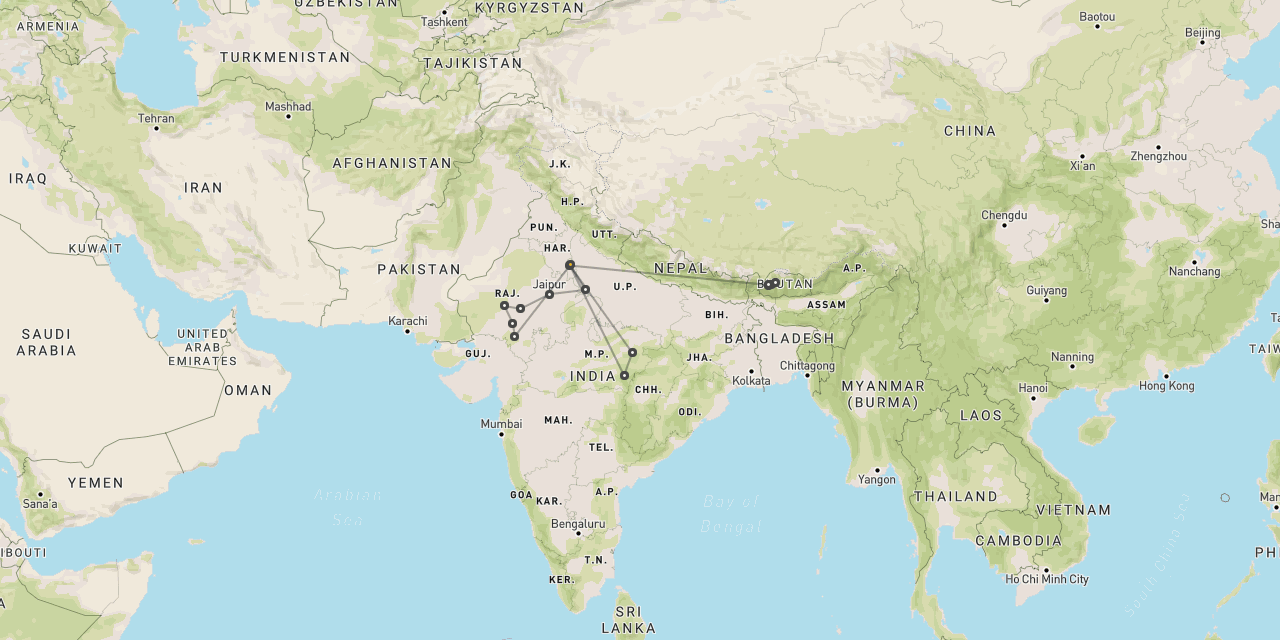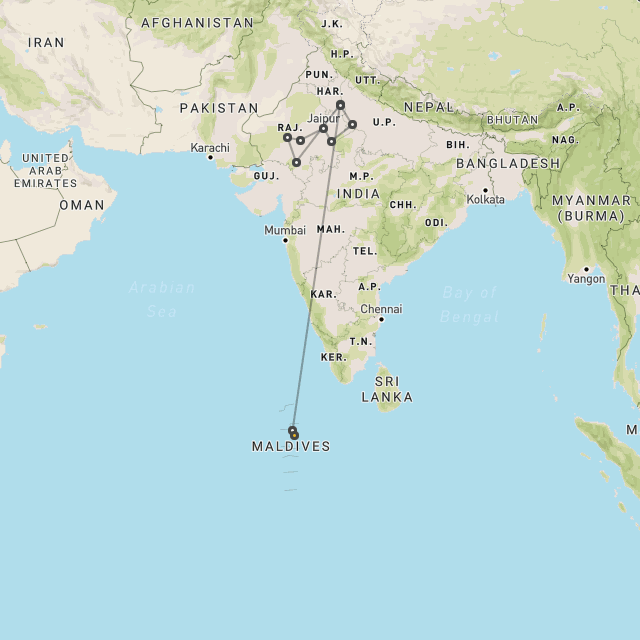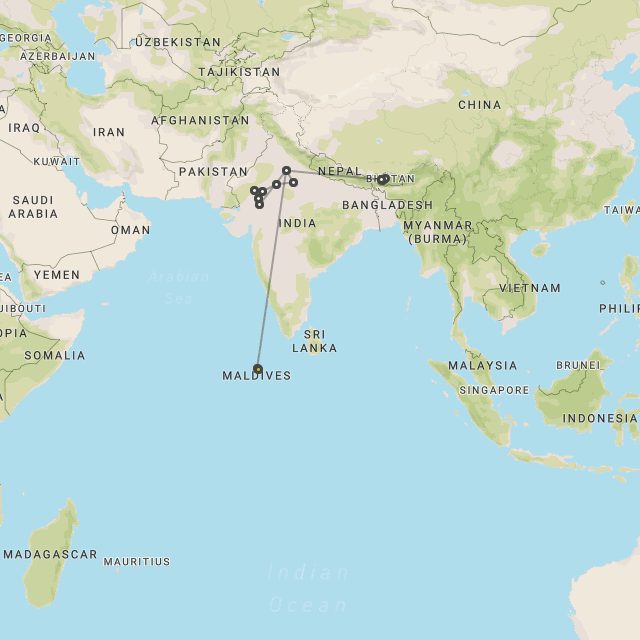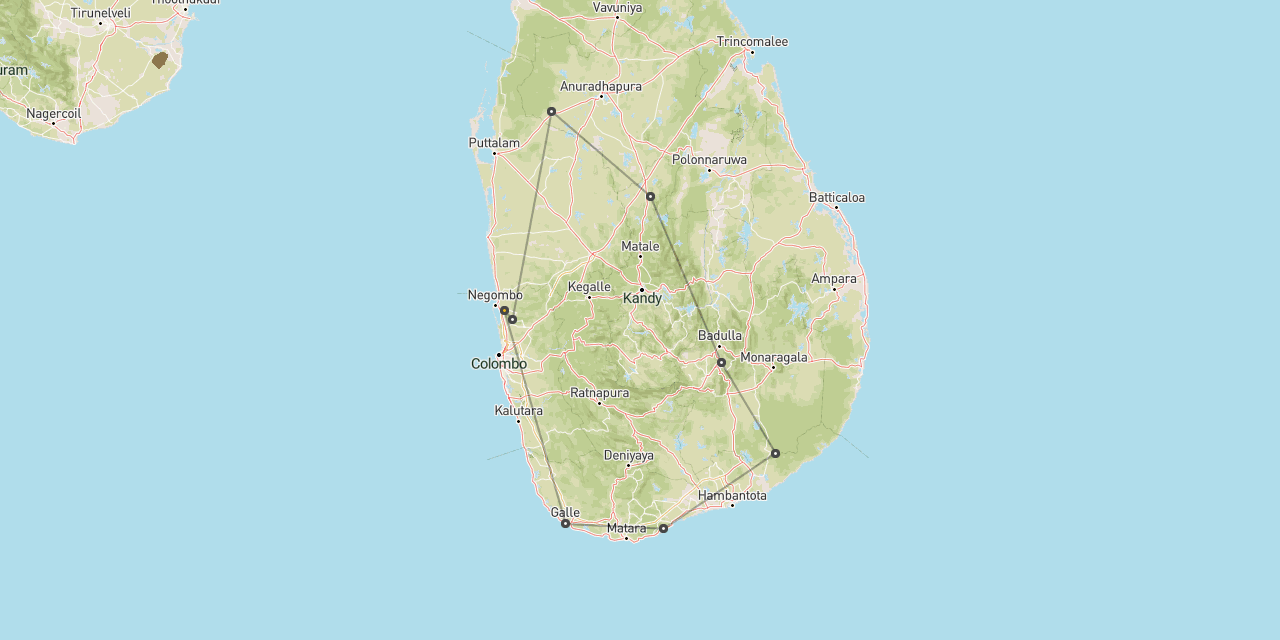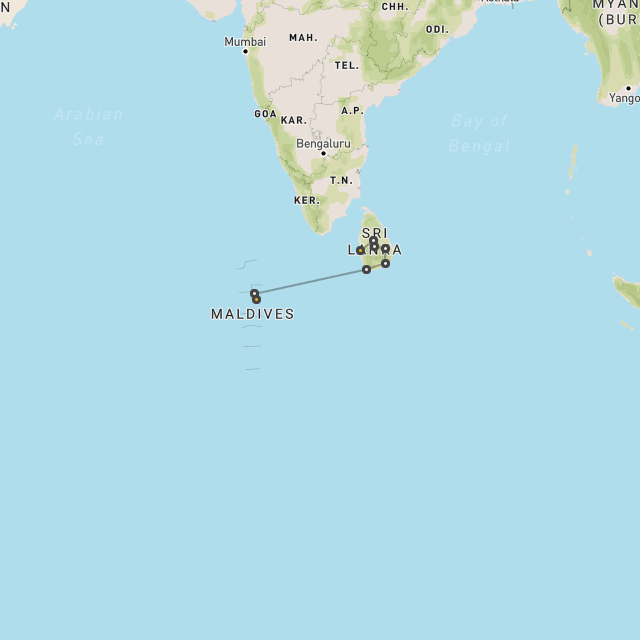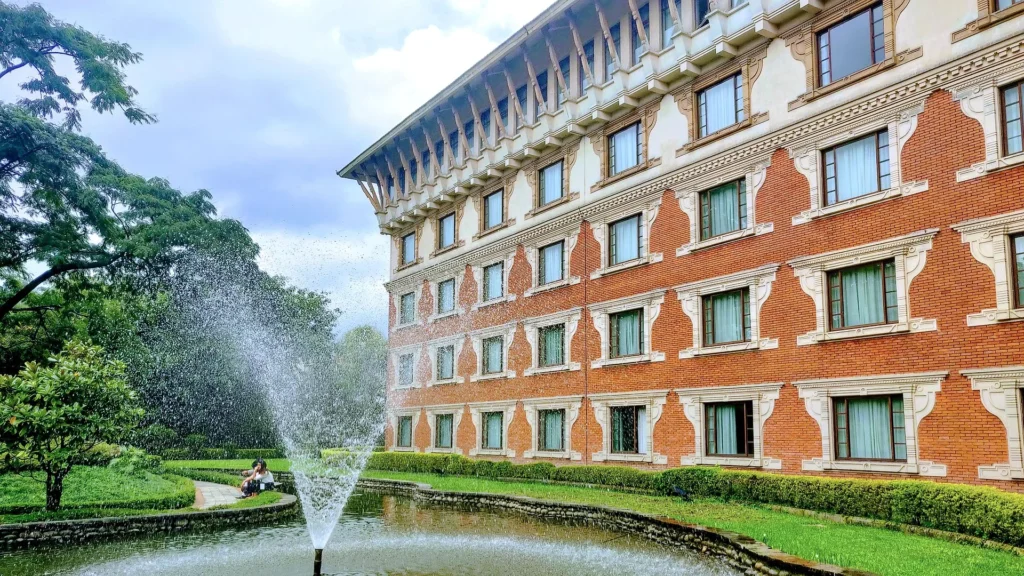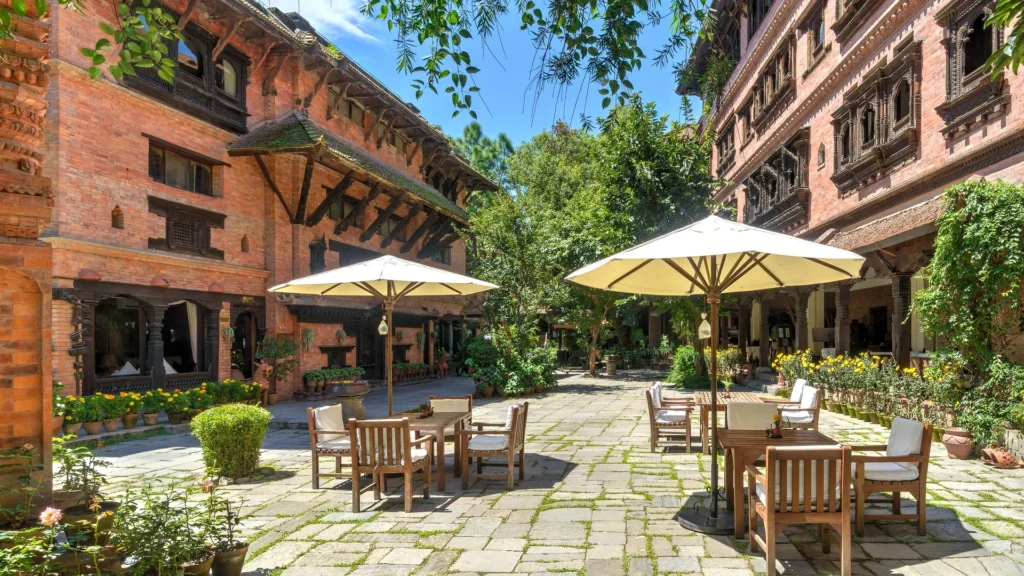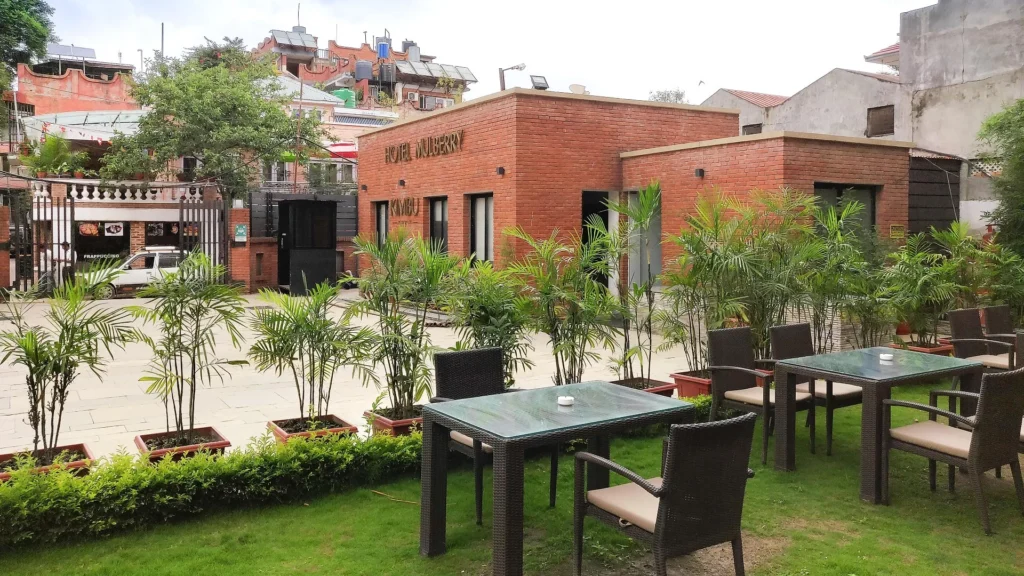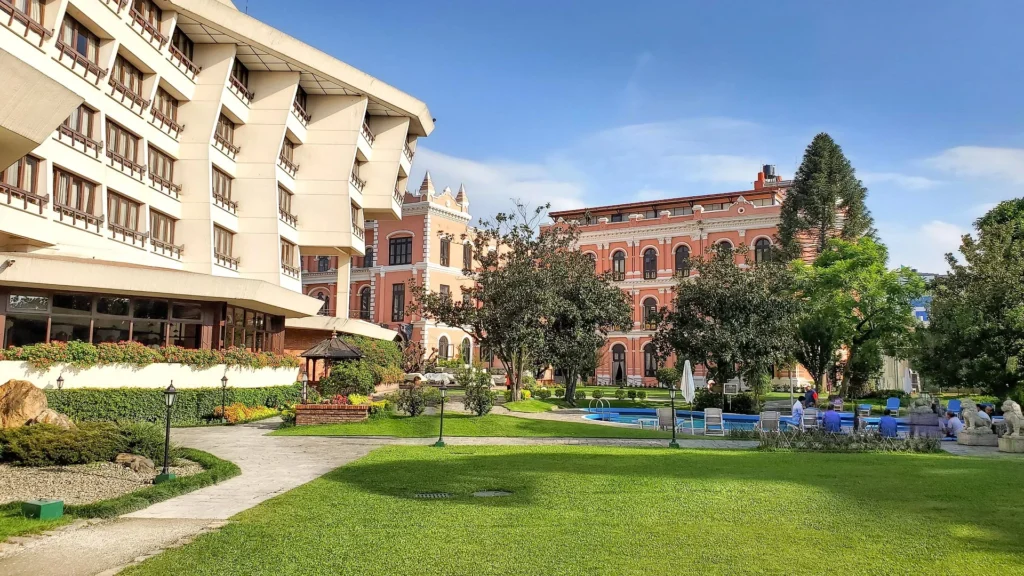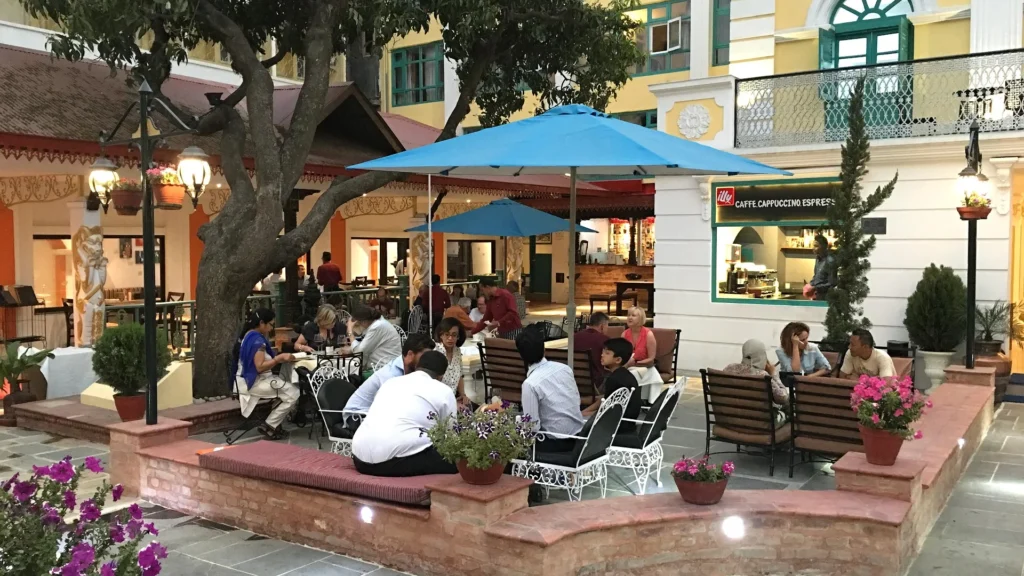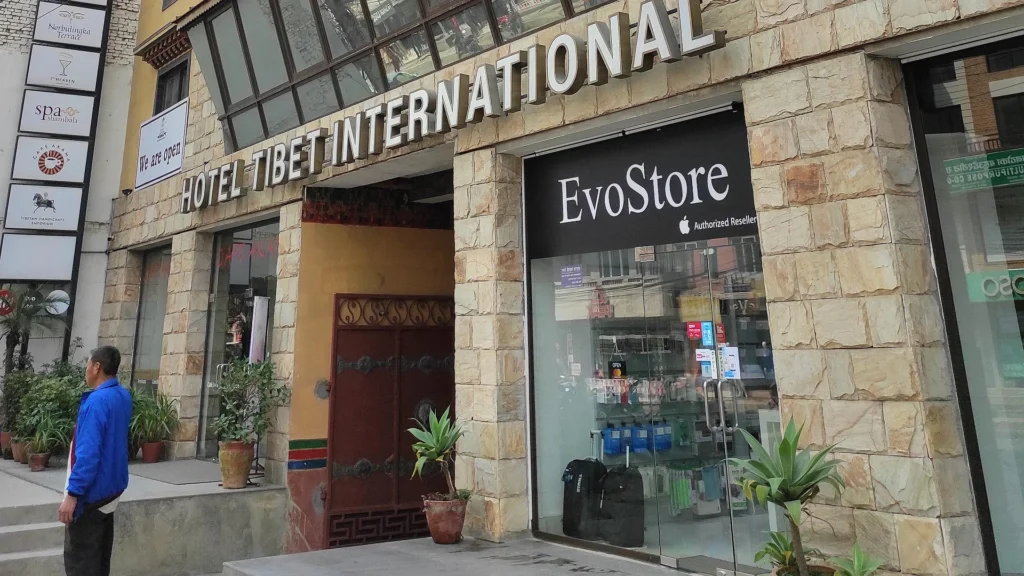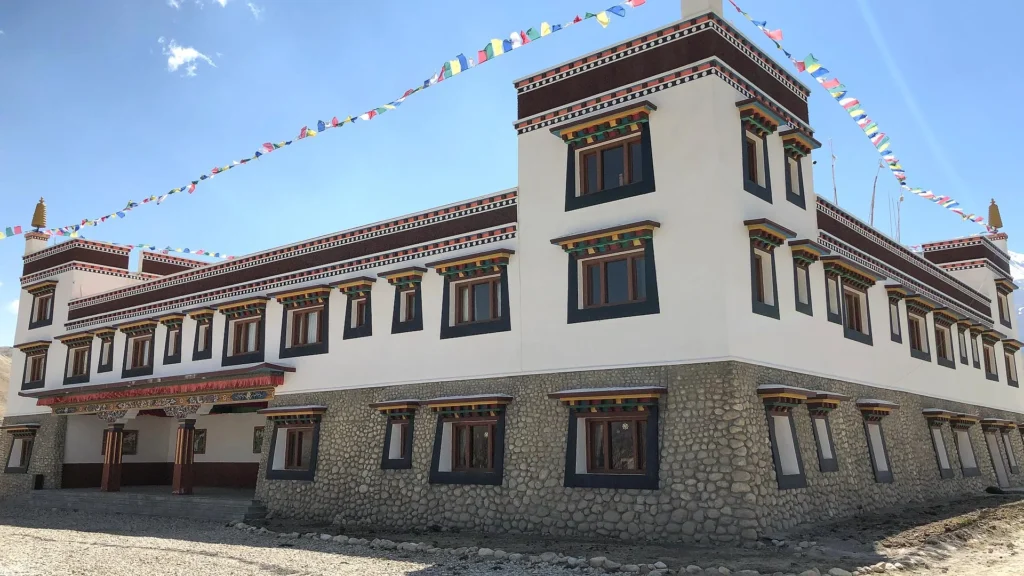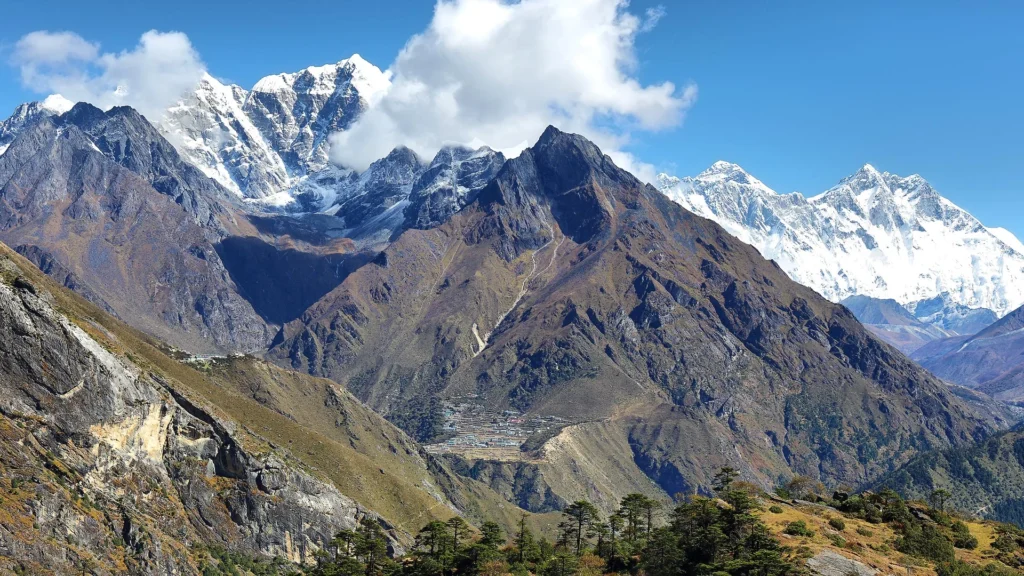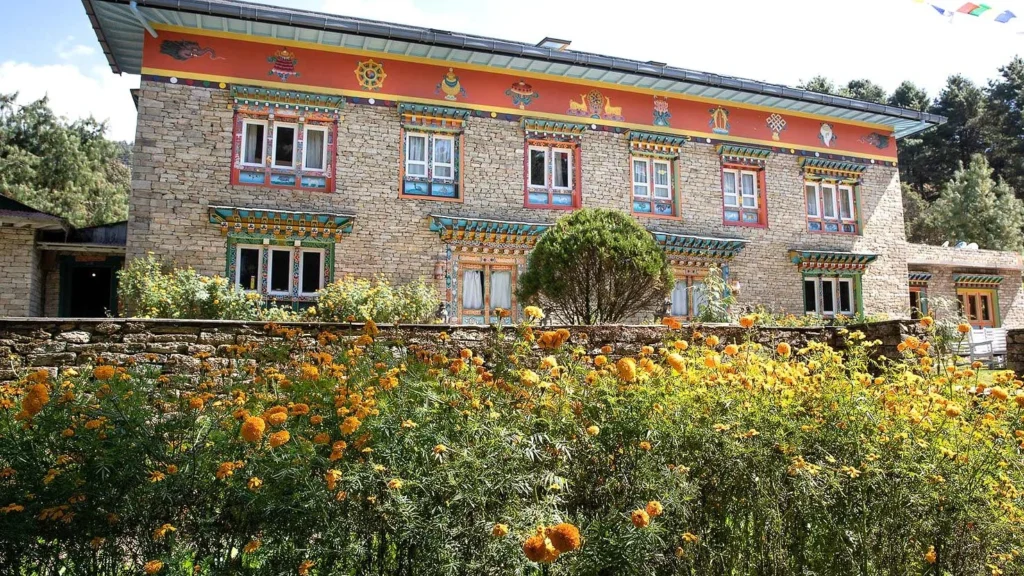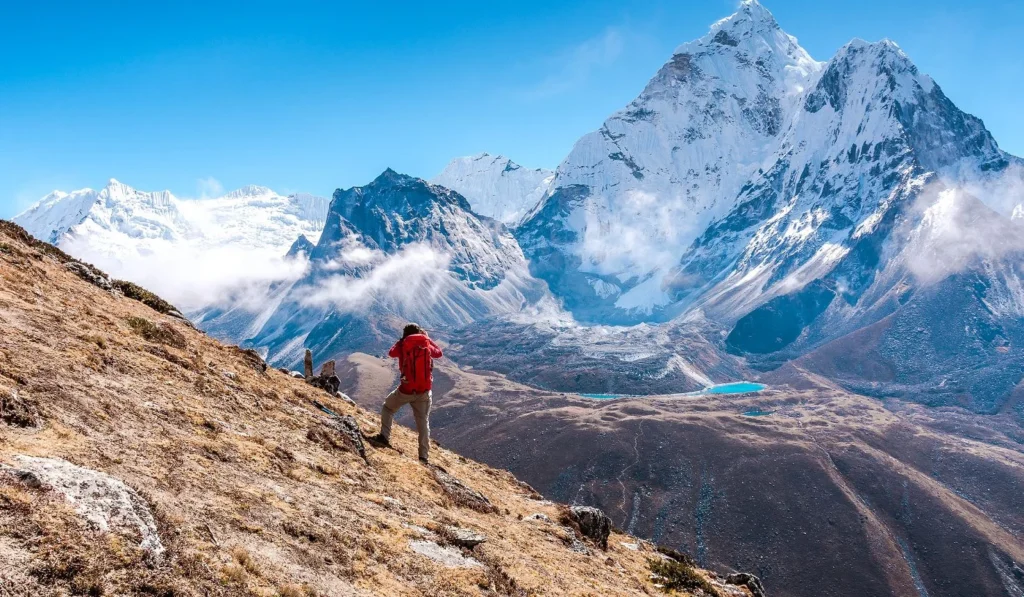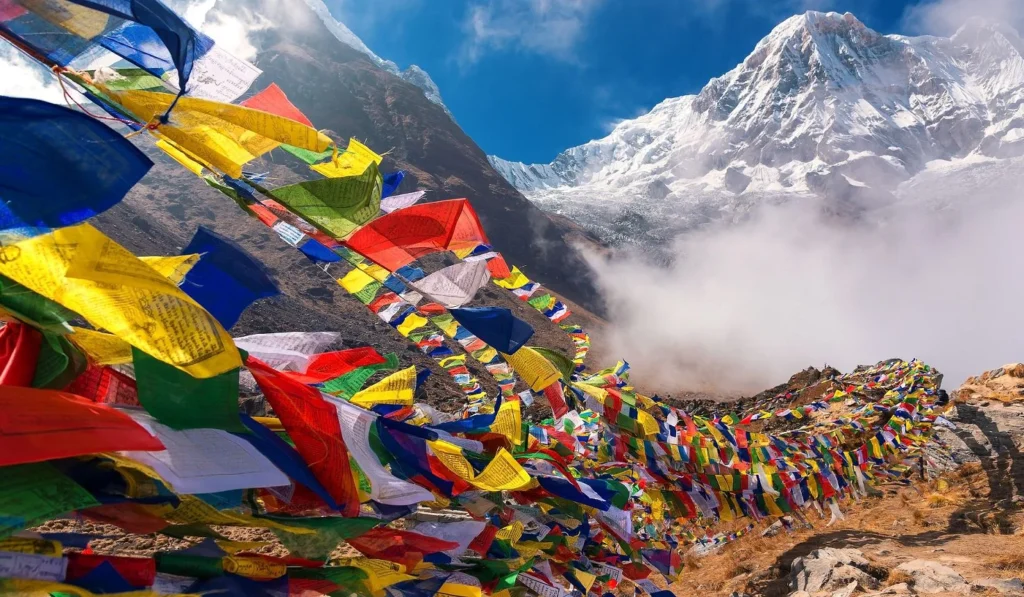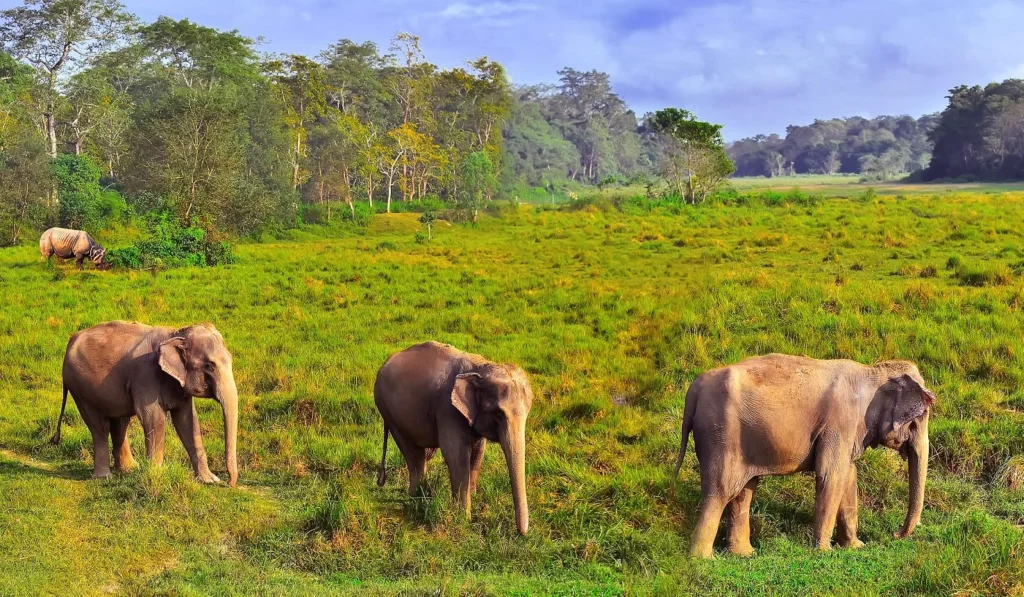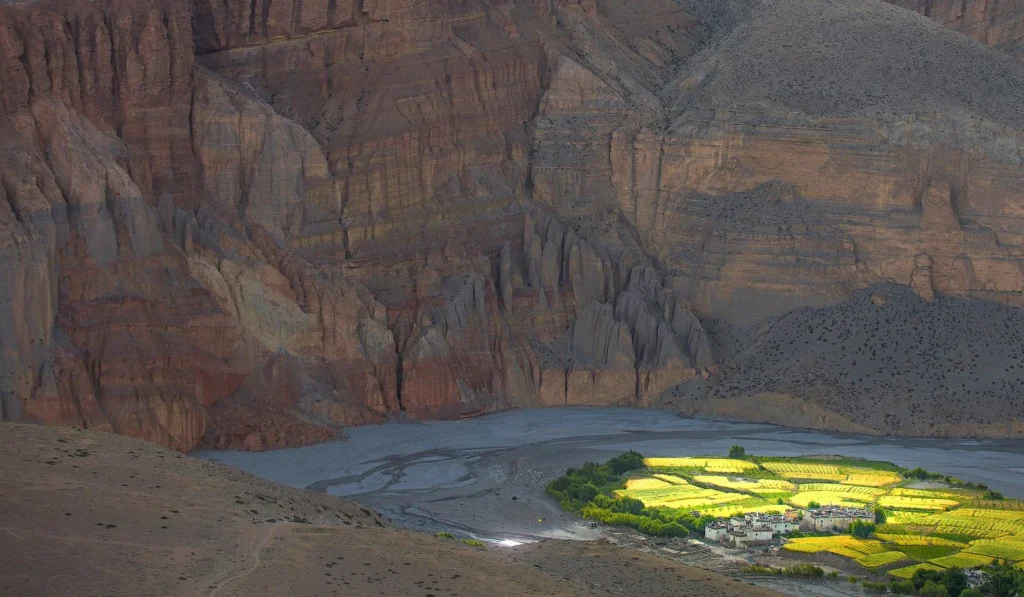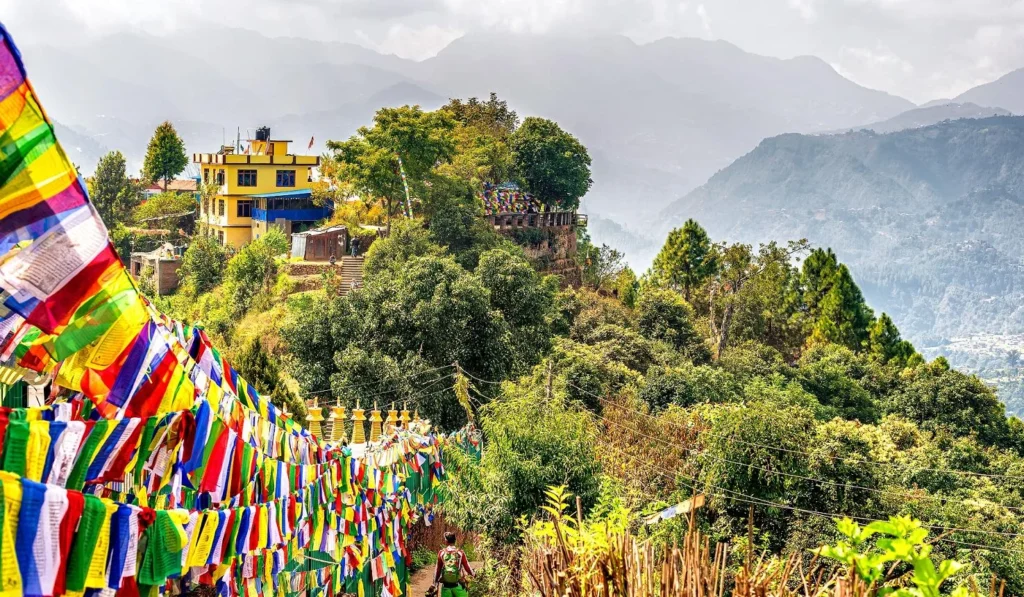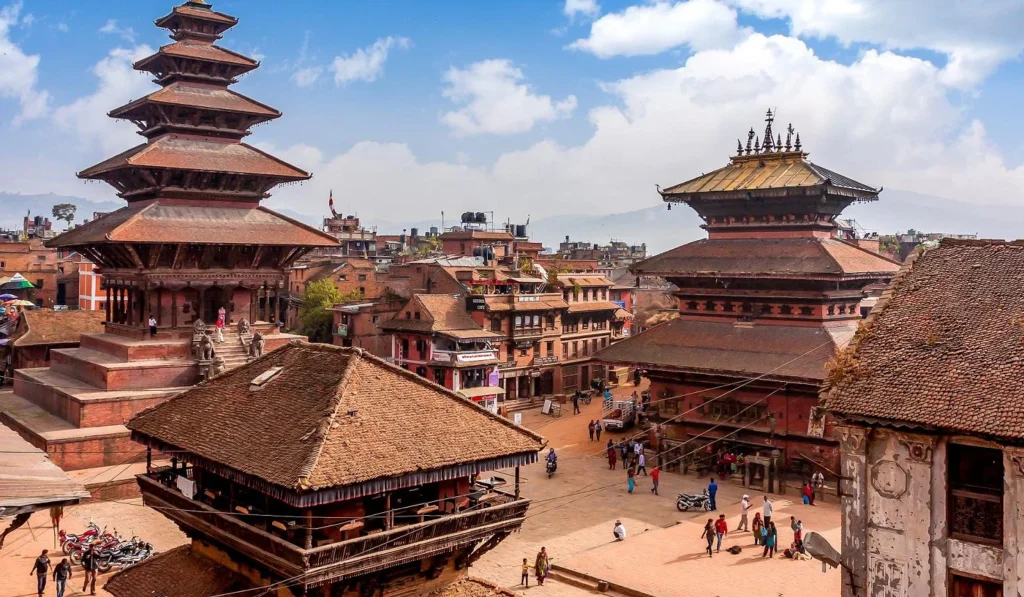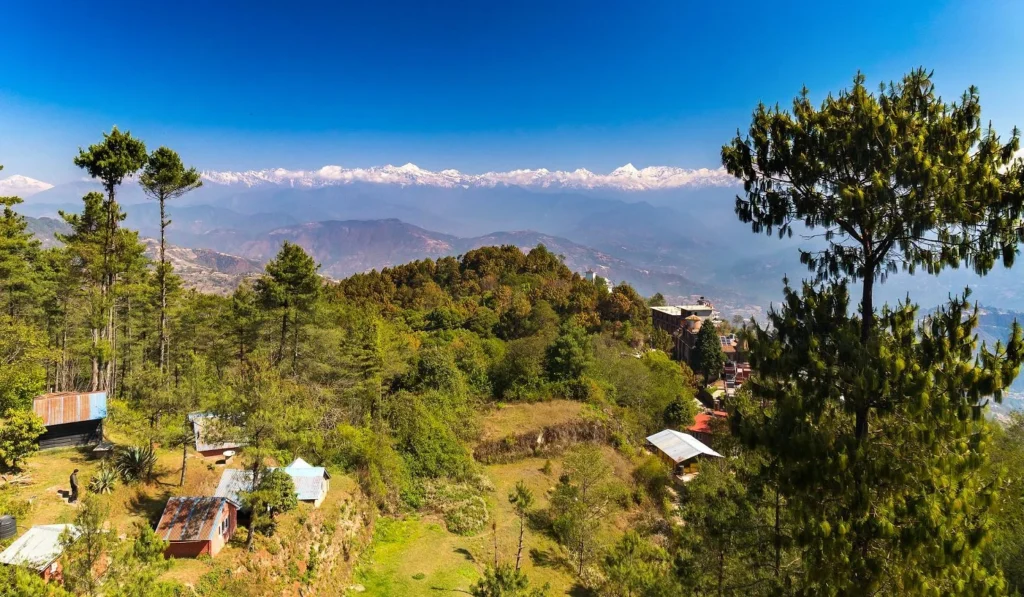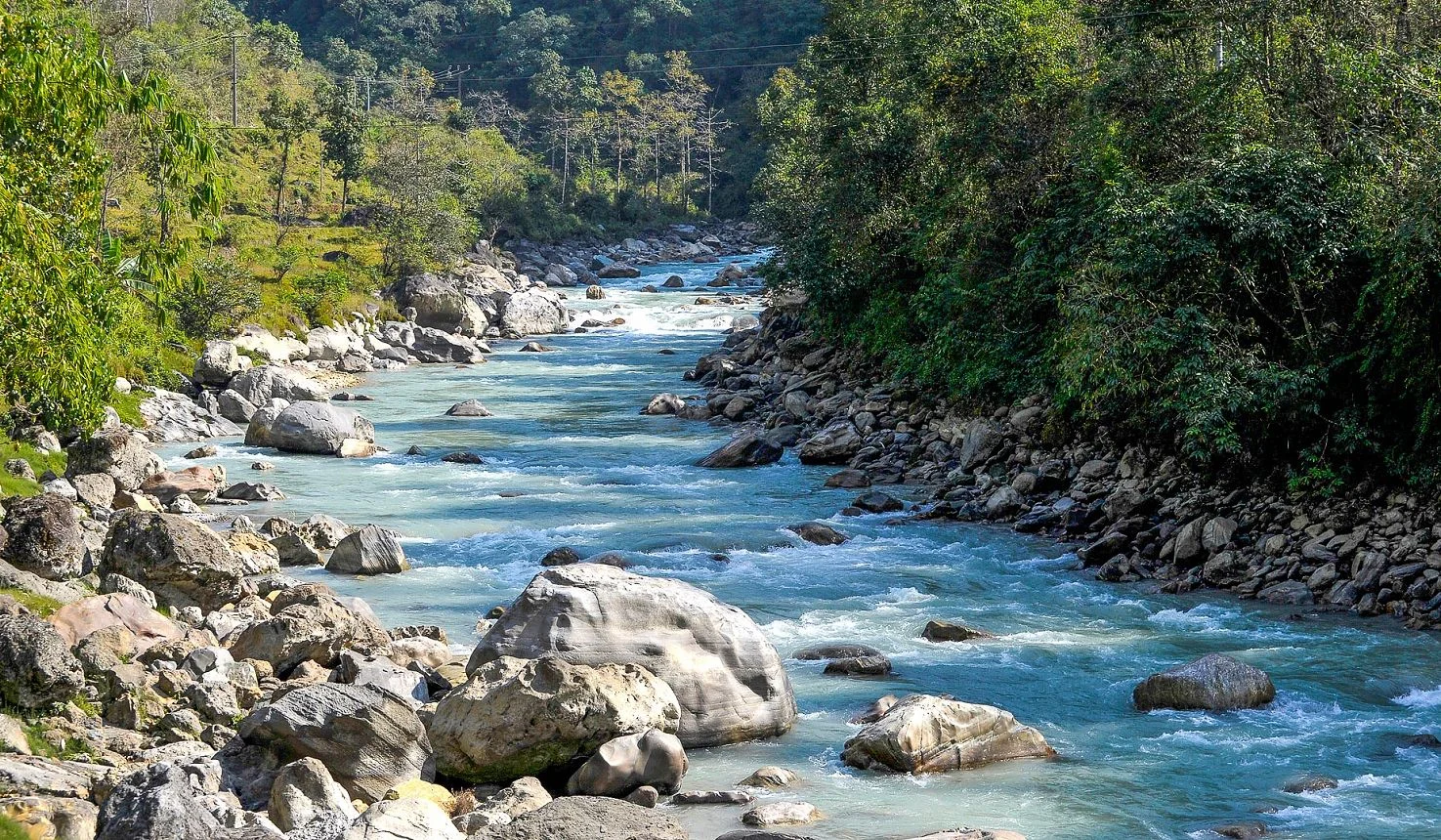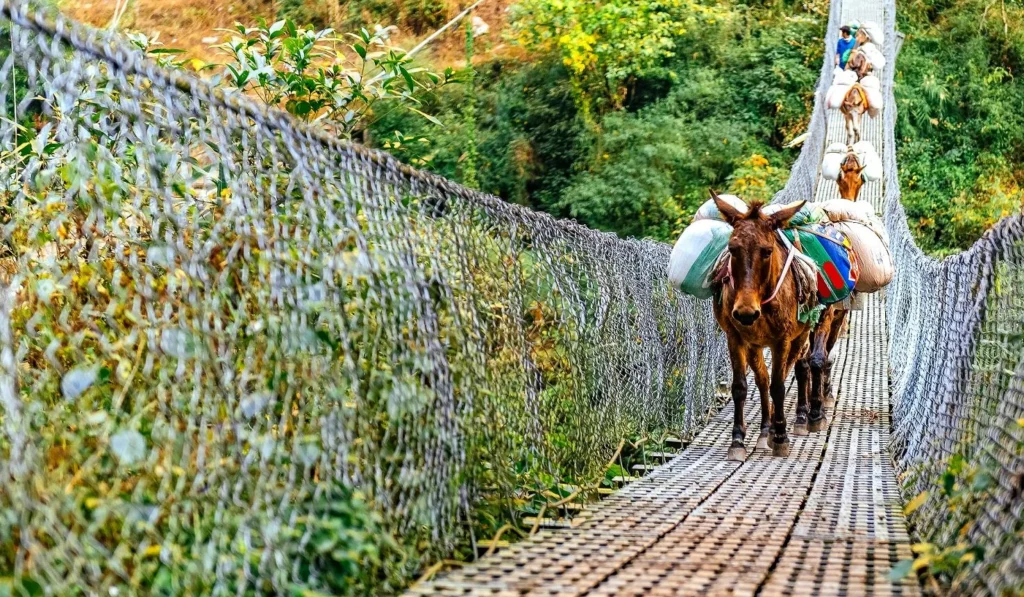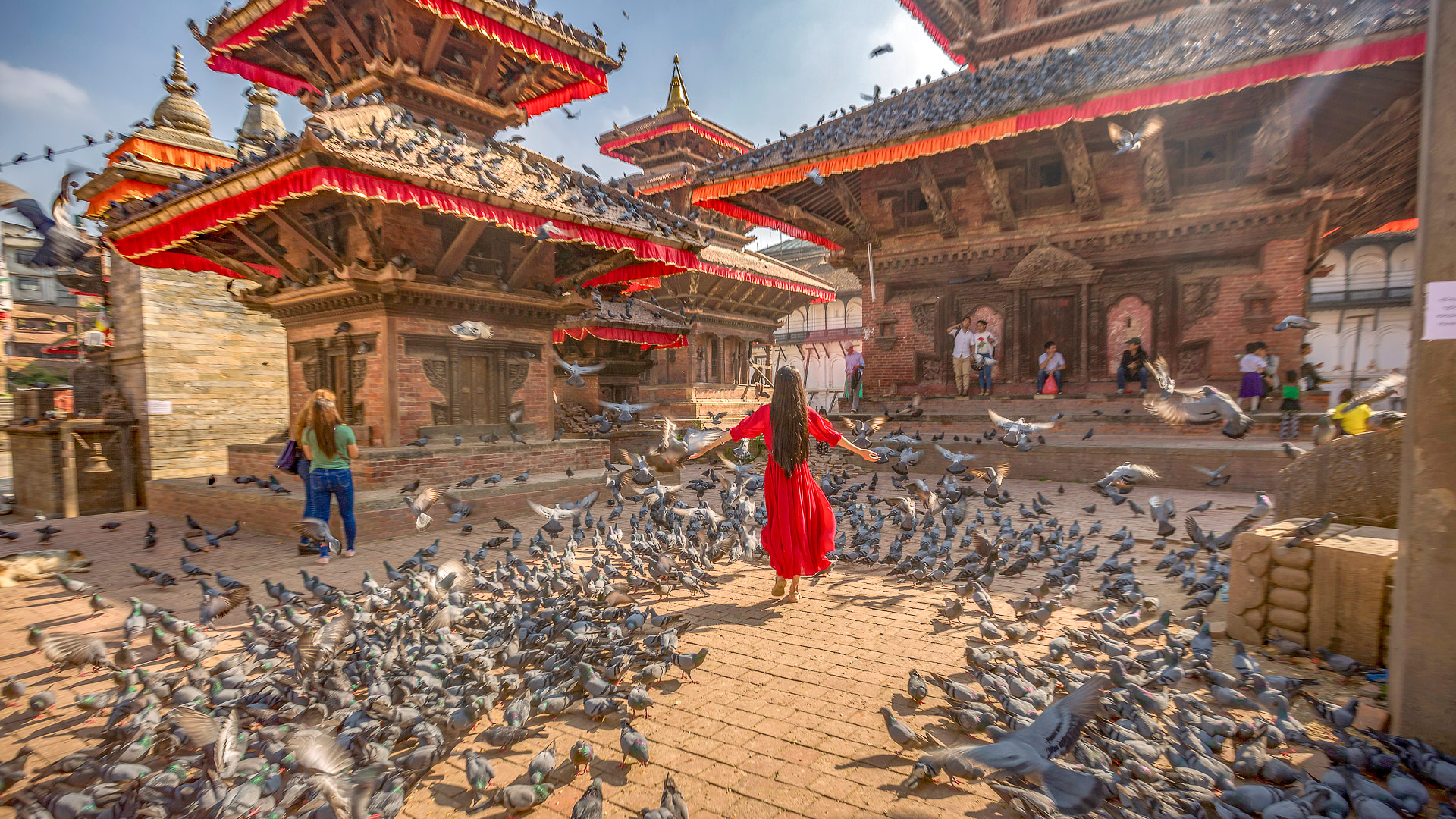
Travel to Kathmandu
Kathmandu
is the hectic yet mystical
capital of Nepal
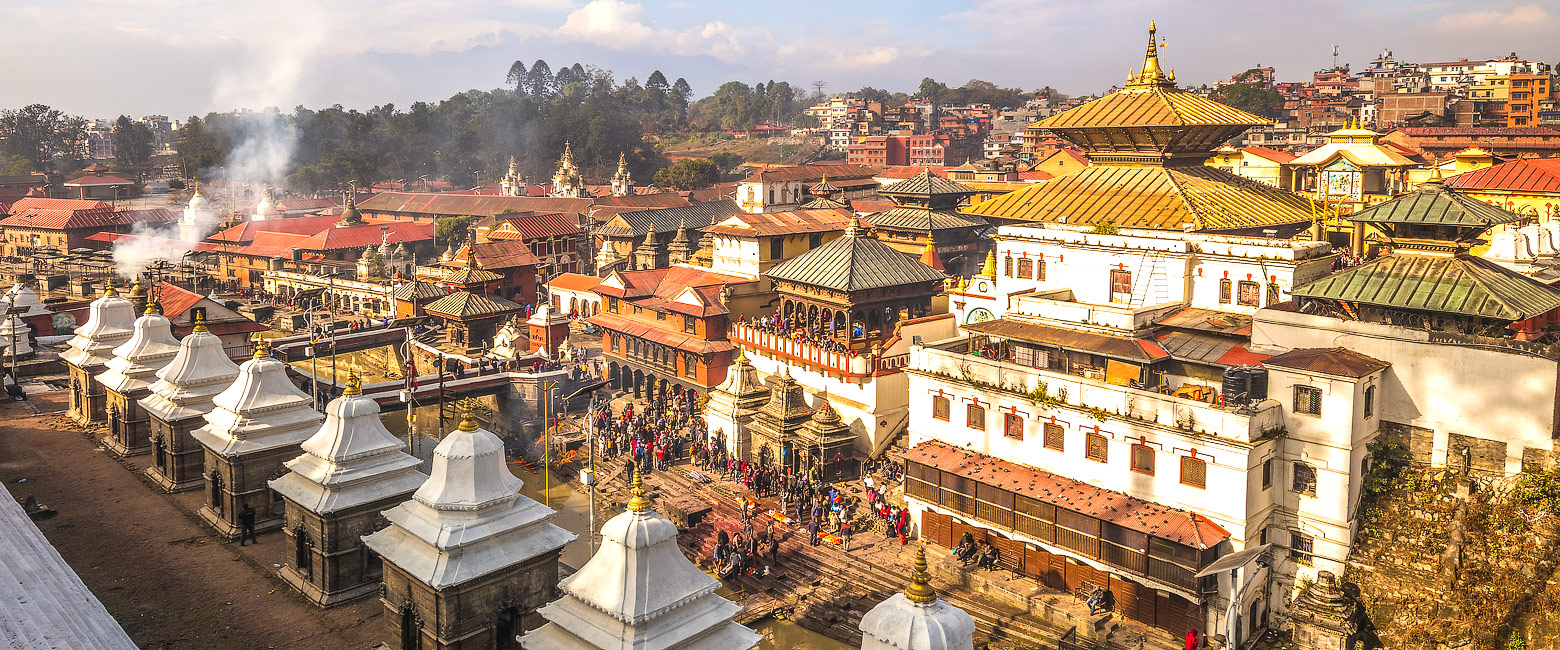
the largest of the three sacred cities
The city of Kathmandu is located in the central valley of Nepal.
There were originally three great historic cities in this area, Kathmandu, Patan and Bhaktapur, each of which have taken a turn at being the leading power in this important area. But with the expansion of the modern capital, the three centres have virtually merged into one great urban area, with a total population of over three million people.
Nevertheless, Patan and Bhaktapur both retain very individual characters and are covered as separate locations.
Considered in the past to be the fabled Shangri-La, Kathmandu has long been a place of legend, a distant kingdom hidden deep within the folds of the Himalayas.
These days that mystique is long past. This is a modern city, with a well-connected international airport and all the usual facilities and infrastructure. If you want to experience the old Nepal, then there are other lesser-developed and lesser-visited places which resonate more strongly with their past.
Nevertheless Kathmandu remains a critical component of most trips to the country. The city contains a wealth of historic architecture, including five UNESCO World Heritage Sites within a few miles of each other.
The main highlights are the central Kathmandu Durbar Square, the Swayambhu Monkey Temple, the enormous Boudha Stupa and a host of other mainly religious buildings.
There is also a vibrant street life, with vendors offering colourful traditional wares, processions of orange-robed monks and friendly holy men with beards and painted faces occupying every niche.
Although the common perception is that Kathmandu is a Buddhist place, in truth the majority of its citizens follow the Hindu faith and their colourful traditions are very much in evidence, especially along the river, where devotees throng to make offerings and where bodies are cremated in public along the various waterfront ghats.
Kathmandu tends to feature at the front end of most trips. At an altitude of 1400 metres (4600’), it is usually sensible to spend at least a couple of nights here in the central valleys, before heading up higher.
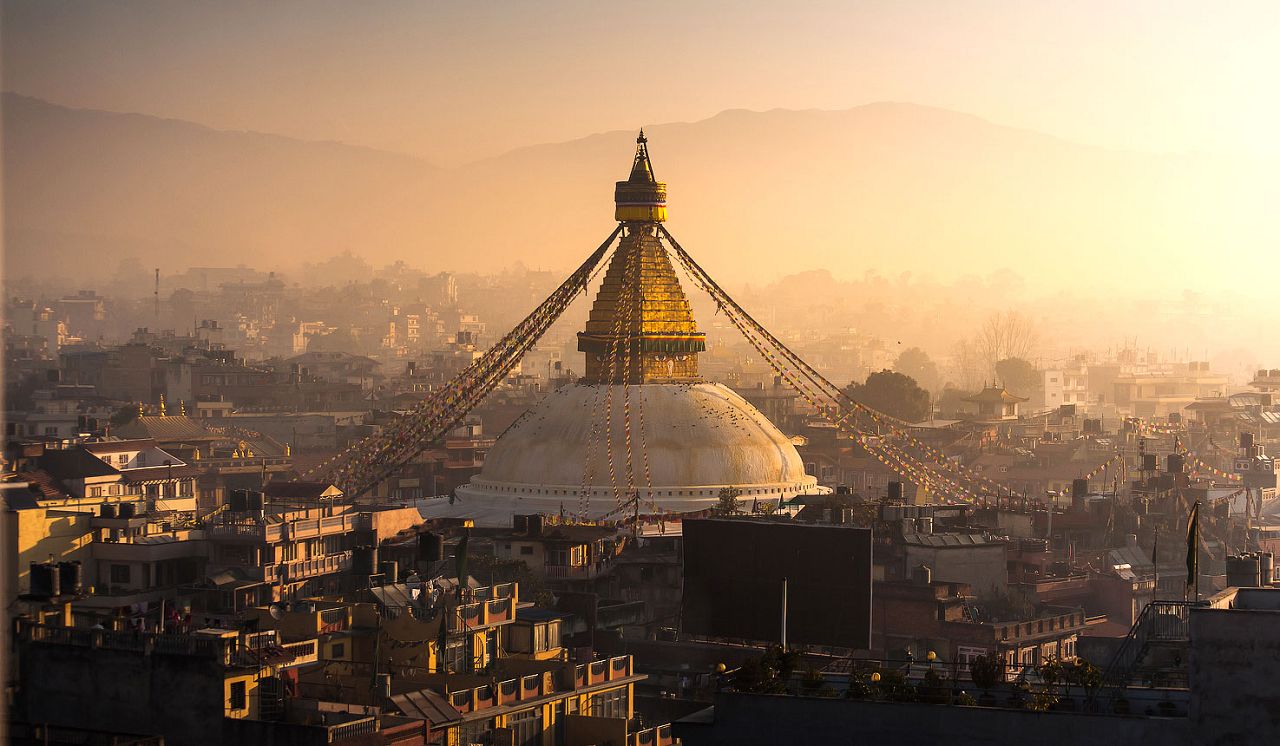
Gallery
Map
The best time of year to visit the Kathmandu area is generally considered to be during Oct-Apr, although there are considerable climatic variations over that period.
October
October is the transition period between the end of the monsoon rains and the start of the cool dry season.
During October the daytime temperatures usually rise to around 26C/79F, whilst the nighttime low temperatures hold up around 13C/55F. However the rainfall is much lower, dropping to around 50mm (2”) per month. Sunshine is around 8 hours per day (around 75% of daylight hours), meaning that skies are usually clear.
Nov-Feb
Nov-Feb is the main cool dry season.
During Nov-Feb the daytime temperatures usually rise to around 25C/77F, whilst the nighttime low temperatures plunge to around 6C/43F. There should be very little rainfall. Sunshine is around 8 hours per day (around 80% of daylight hours), meaning that skies are usually clear.
Mar-Apr
Mar-Apr is the warm season, with rainfall slowly increasing in advance of the main monsoon.
During Mar-Apr the daytime temperatures can climb to around 28C/82F, whilst the nighttime low temperatures hold up around 12C/54F. Rainfall usually increases slightly, from almost nothing in March to around 50mm (2”) in April. Sunshine is around 8 hours per day (around 60% of daylight hours), indicating that showers tend to be occasional, set against a usually clear sky.
May
May is the transition month ahead of the main monsoon rains, often with considerable rainfall.
During May the daytime temperatures can climb to around 28C/82F, whilst the nighttime low temperatures remain up around 16C/61F. Rainfall climbs to around 125mm (5”) over the course of the month. Sunshine is around 7 hours per day (around 60% of daylight hours), meaning that skies are often overcast as the monsoon clouds gather.
Jun-Sep
Jun-Sep is the main monsoon season and is generally considered to be the least favourable time to visit.
During Jun-Sep the daytime temperatures drop off slightly to around 28C/82F, whilst the nighttime low temperatures remain up at an uncomfortable 20C/68F. Rainfall climbs to an extremely high 350mm (14”) per month. Sunshine drops to around 4 hours per day (around 35% of daylight hours), meaning that skies are very often heavily overcast.
Getting there
The Kathmandu area is almost always accessed by air, with the main international airport (KTM) being located around 4 km east of the city centre, with most long haul travellers from Europe and the Americas routing through the Arabian Gulf or India.
Onward connections to most parts of the country are also mostly by air, with the exception of the nearby Patan, Bhaktapur, Nagarkot and Namo Buddha areas, which are accessed by road.
Where to stay
There is a reasonable choice of places to stay in Kathmandu, with the best generally being the larger landmark properties, which are surrounded by pleasant gardens with swimming pools, which can be particularly nice if you are recovering from long-haul flights.
the primary transport hub for the country
let us know your thoughts about Nepal
and we will help you create the perfect trip
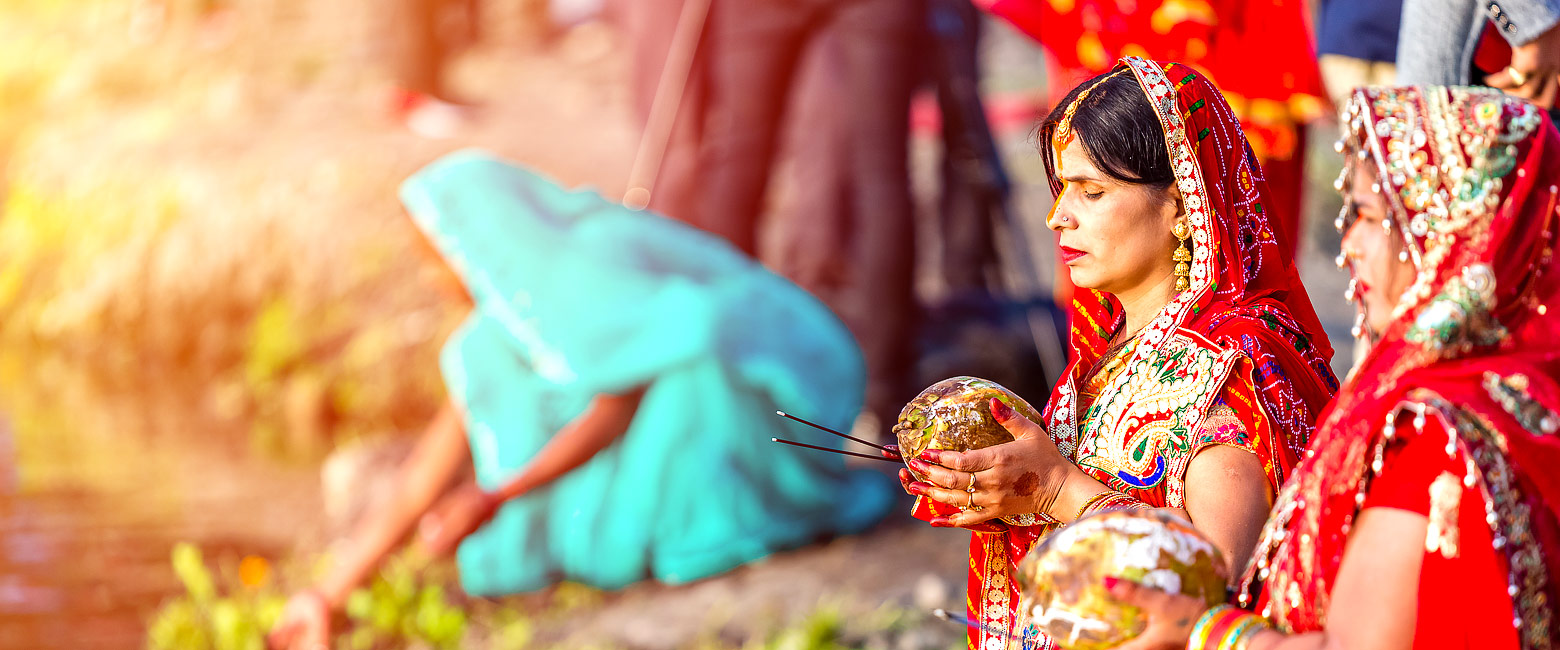
Extraordinary tailor-made adventures,
from earthy and edgy to easy and extravagant
From around USD 2500 per person, you set the ceiling
Sample Trips
Here are some of our popular trip shapes
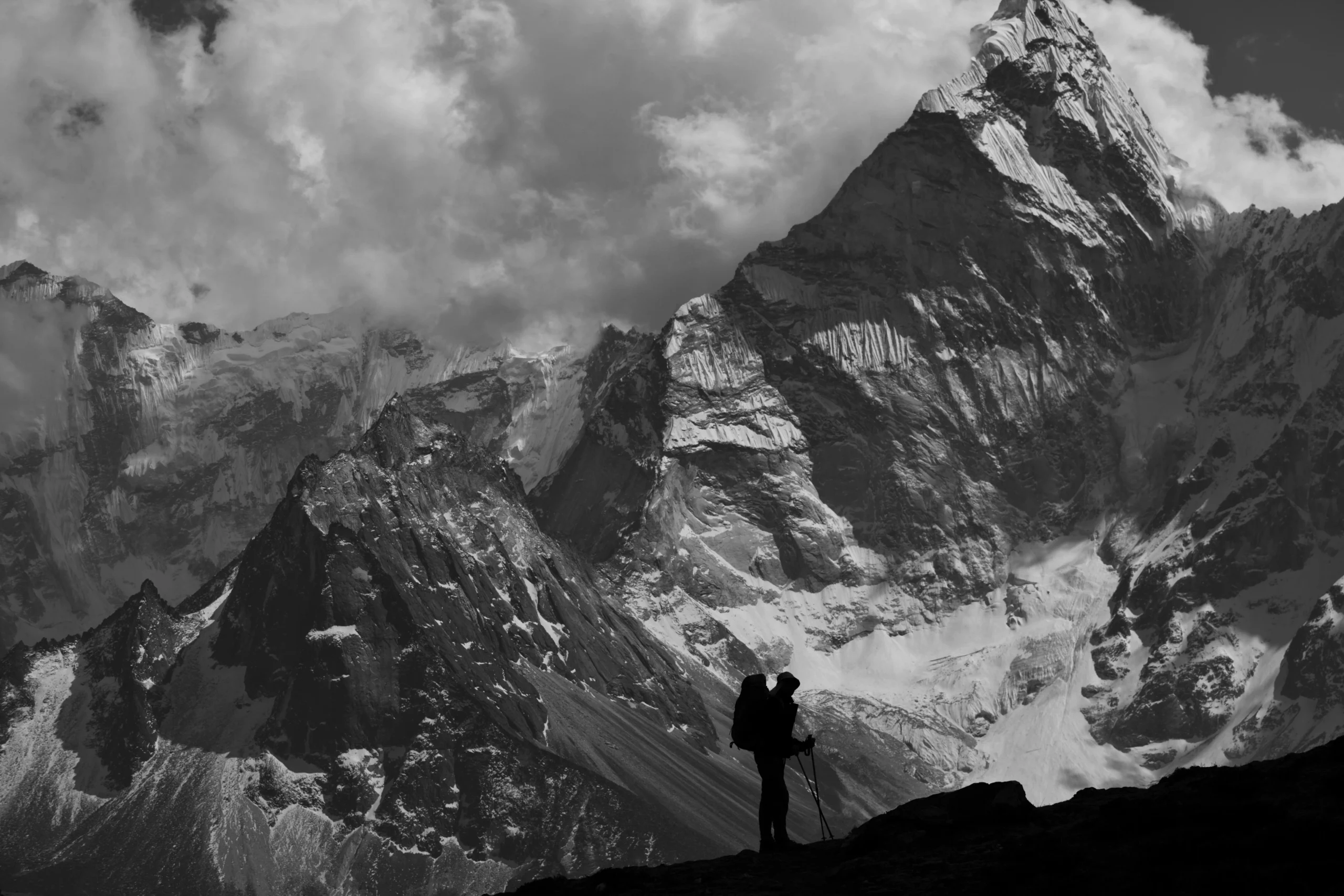
Get started on your trip
It’s never too soon to get in touch, we are here to help with every stage of your planning.
Best Lodges
We regularly inspect and photograph all of the the best lodges, to ensure that we always recommend the most suitable options
Key Locations
Take a look around related locations. Click ‘View more’ to explore locations further afield.













